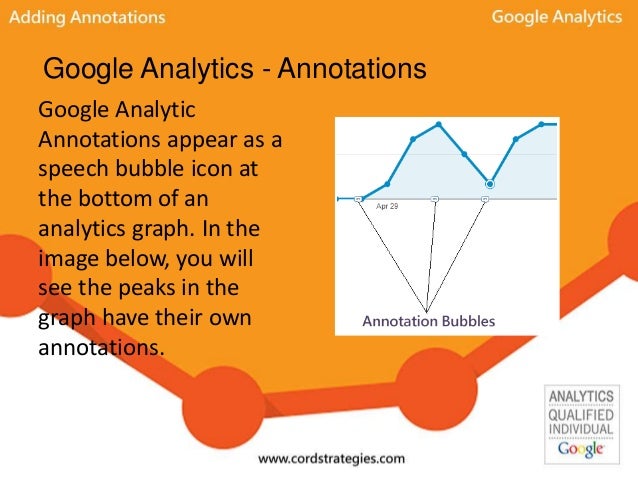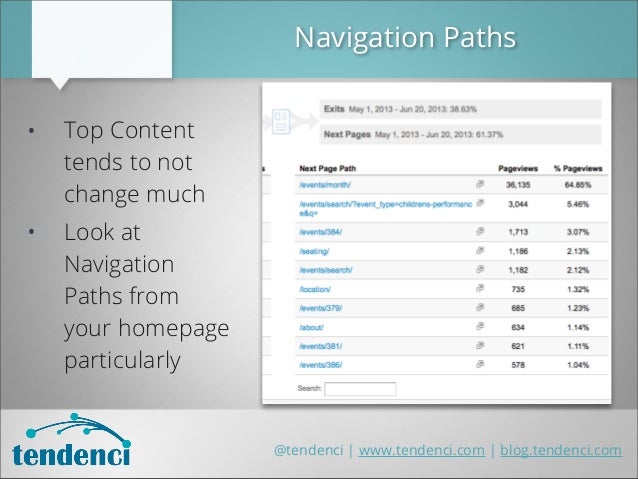

- #Enhanced google analytics annotations install
- #Enhanced google analytics annotations upgrade
- #Enhanced google analytics annotations code
- #Enhanced google analytics annotations free
Goal types:Īs described in About Goals, there are a number of different Goal types, each used for a different kind of action you can measure. Goal sets allow you to categorize the different types of Goals for your site.

You can have a maximum of 20 Goal slots, grouped into sets of up to 5 individual Goals.

Goal slot ID:Įvery Goal you create is assigned a numeric slot ID. This can help make your Goal Conversion and Flow reports more easily understood. It's a good practice to name your Goals in a way that helps you distinguish one Goal from another. Option 2: Custom Goals:Ĭlick Next step, then select a Goal Type.Ĭlick Next step again to continue setting up your Goal. These categories don’t affect any data or your reports. Try to create at least one Goal for each category to get a better understanding of how users interact with your content. Use them as an organization tool to help you think about the purpose of your Goals. The Goal categories (Revenue, Acquisition, Inquiry, Engagement) are the larger business objectives that motivate the Goal templates. You can edit any template field before saving a Goal. Goal templates are designed to help you set actionable Goals that meet standard business objectives. You have 2 basic options for creating Goals:įollow the steps to create a new Goal (above), then:Ĭlick Next step to continue setting up your Goal. Select the Admin tab and navigate to the desired account, property and view.Ĭlick + NEW GOAL or Import from Gallery to create a new Goal, or click an existing Goal to edit its configuration. Setting Up Goals/Funnels Sign in to Google Analytics: You should only need to manually add these if you have overwrote them in your page templates.
#Enhanced google analytics annotations install
Then for the ecommerce tracking this item gets inserted on INVC:Īll three of these should be done automatically when you install the module.If you are using enhanced ecommerce tracking you will also need this in your head tag:.This is the main item which outputs the global tracking code. It should add this item to the end of the global footer: When you install the Google Analytics module it will automatically make 3 changes:
#Enhanced google analytics annotations upgrade
If you are using classic it is recommended you upgrade to Universal. More information can be found here:Ĭlassic is the "old" implementation of Google Analytics and it only supported for legacy purposes. This setting gives you access to much more analytics detailed data. This mode allows you to track detailed information about your customers as well as ecommerce tracking. This is the default mode and should be used for most stores. The classic version is depreciated by Google and should not be used. 99% of the time you are going to want to leave it on Universal. There are 3 versions of Google Analytics supported by the module Classic, Universal & Enhanced. Select Mode: Classic vs Universal vs Enhanced Here you'll need to add your Google Analytics ID number under the "Google Analytics Settings." You will need to log into your Google Analytics account to get this ID. Once you're installed the Google Analytics module, two new tabs will appear in your Utility Settings Admin Google Analytics Settings and Google Analytics Tracking Code.
#Enhanced google analytics annotations code
When you install the module it will automatically add all the necessary page template changes for you including inserting the base tracking code as well as ecommerce tracking. Now search for the "Google Analytics" module. In Utility Settings, click on the "Add/Remove Modules" tab. The Google Analytics module starts off deactivated by default so in order to be able to use it you'll need to install the module.Ĭlick on "Menu," then scroll down to "Utilities." Installing the Module Installing the Google Analytics Module:
#Enhanced google analytics annotations free
Google Analytics is a free web analytics service offered by Google that tracks and reports website traffic. Google Analytics is a powerful online resource for any online store owner and now it's easier than ever to get your Miva Merchant store up and running with it.Ĭhoose Mode: Classic vs Universal vs Enhanced


 0 kommentar(er)
0 kommentar(er)
